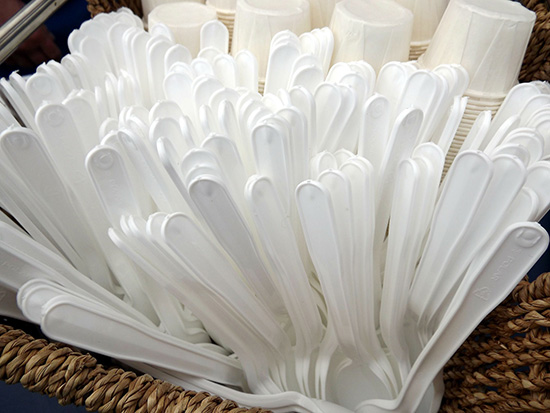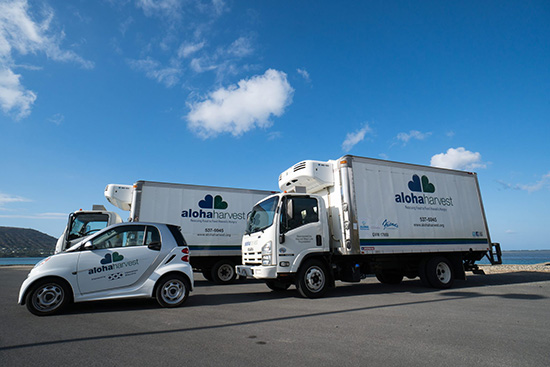Since 2008, a small group of artisans on campus has been producing Hawaiian tools and implements using traditional and nontraditional materials and methods. Known as the ‘Iolani Woodcarvers or Kālai Lā‘au, which means to shape or carve, the group produces beautiful and culturally accurate work while perpetuating Hawaiian practices and traditions.

Led by nā kumu Jordan Souza, William Miki Cook, Eddie Fuentes Jr., Peleke Sacatropez, the group includes 10 core artisans plus students who have taken the woodcarving courses, HWST 135: Kālai Lā‘au: Hawaiian Woodwork and HWST 136: Kālai Lā‘au II. Though referred to as woodcarvers, they also commonly work with stone, bone and shell as well as with fibers for weaving and cordage. Special attention is given to why certain techniques and materials are used, and their facility in Hale ‘Iolani includes a library where the artisans can research proper building techniques and the spiritual and cultural importance of the tools and implements they create.
Tool building can be found in every human civilization and is needed for everything from hunting, farming and building shelter to conducting warfare and just about every cultural or religious activity. The hand tools of ancient times are just as important as the modern tools we use today. However, some of this knowledge is at risk of being lost if the craftsmanship and the meanings behind the craftsmanship aren’t practiced and preserved.
The WCC woodcarvers produce many implements from everyday household utensils such as bowls, poi pounders, nets, adze tools, and spears, to a vast array of weapons or mea kaua (war things). They also make many tools that serve as the backbone for other cultural practices such as musical instruments, religious idols, ceremonial accessories, traditional Hawaiian sleds and artwork such as relief carvings.
‘Iolani woodcarver and Hawaiian studies major Zaebert Kamuela Bishaw-Tangaro points out that they produce many tools using the same materials and techniques as ancient Hawaiians.
“There’s a lot to learn by studying traditional building methods and applying them first hand from the beginning of production to the finishing touches and eventually even the personal use of the tool,” Bishaw-Tangaro said. “It gives me a good feeling to mirror the past in a way that honors my ancestors while perpetuating Hawaiian culture.”
Bishaw-Tangaro said he enjoys learning about how tools were made traditionally and finding the significance behind the use of certain materials. He also said that the Hawaiian studies program at WCC has access to many rare materials such as endangered woods like wiliwili, kauila and lama and many different types of bone and teeth. WCC’s program is the only one of its kind that has access to these precious resources.
Given the rarity of some of these materials, more common substitutes are often used to practice on beforehand. Materials such as monkey pod, poplar and redwood can sometimes be substitutes for rare Hawaiian woods and even the use of Corian for bone. Bishaw-Tangaro said that though they are nontraditional, he still enjoys working with these materials because they give birth to new methods of building and an interesting new form of hybridized Hawaiian craftsmanship.
Former Hawaiian studies student and kumu in WCC’s woodcarving program Peleke Sacatropez agreed, “You have to work with what you got.”
He said he is satisfied with whatever materials were used as long as the crafts are being practiced and studied and the knowledge and traditions are honored, protected and passed onto future generations.
Sacatropez and Bishaw-Tangaro also pointed out that even long ago production and styles of tools varied from place to place because of different mindsets, environments and materials. Both optimistically said that it will be interesting to see where these new ideas go in the future and that they are hopeful and excited to see further growth of the program.
For more information on the ‘Iolani Woodcarvers, contact Eddie Fuentes Jr. at efuentes@hawaii.edu.
by Rick Oania-Elam, Ka ‘Ohana Staff Reporter





